Back in September, I allowed the flowers on my ever-flowering calamansi tree to set into fruit. Now it’s time to harvest.
Calamansi is a naturally occurring citrus hybrid that’s self-fertile, meaning you don’t need another tree to pollinate it. If you’d like to grow citrus indoors, this is the tree I’d recommend. It grows fast but stays compact and doesn’t need to be grafted onto other rootstock, so the trunk won’t show any ugly scars.
The fruit is also delicious. When ripe, the skins boast this arresting sweet, floral aroma. The juice inside is like licking a battery—a jolt of complex sourness with a subtle tropical lilt.
The tree is so heavy with fruit that it’s tipping out of the pot. Even though most of these limes aren’t ripe yet, harvesting some now will lighten the branches’ load. Besides, in their native Philippines, calamansi are often harvested in a green or half-ripe state. I want to taste the full spectrum.
Calamansi don’t last long once picked off the tree, so I plan to preserve my harvest with an oleo-saccharum. That’s a $5 cocktail word that means a syrup formed from macerating citrus peels with sugar. The sugar draws out moisture and all the volatile oils from the peels, resulting in an unctuous solution full of vibrant citrus flavor. Add citrus juice to this mix and you have a sweet-and-sour cordial ready for gimlets.
This tree is overdo for new soil and a training pot. I haven’t touched the roots since buying the tree in the fall of 2021, and who knows how long ago the nursery last examined them. I have a new pot picked out already: a blue plastic colander I bought off a street vendor for $2. Citrus trees drink lots of water but can’t abide soggy roots. The colander’s porous sides and bottom provide excellent drainage and aeration to the roots, which will allow me to water—and fertilize—generously.
I must admit I’ve been antsy. Foliage growth has crawled to a halt while the tree’s been busy ripening these fruits. I can’t do any pruning or repotting until all the fruit is gone. After six months of waiting for fresh citrus, the hour is nearly here, and I find myself impatient for it to be over.
Trees know better. They take the long view and recognize that life takes the time it takes, and that they’ll be around for all of it, so they might as well experience what’s in front of them as it happens.
In the right climate, calamansi will produce new flowers and fruits year-round, often at the same time. I love this about tropical trees. They don’t have to follow the regimented seasonal cycles of, say, a maple, which reliably flowers in the spring, fruits in the summer, sheds its leaves in the fall, and rests in the winter. Yet even tropicals have periods of rest and growth, fruiting and flowering. They couldn’t survive without them.
After I repot the tree I’ll let it grow freely for at least six months, plucking off most of the flower buds so it concentrates its energy on foliage growth. Then, once it’s grown a fat rootball and is bushy with new growth, I’ll hard-prune the branches to encourage latent buds to pop closer to the trunk. The long ends of the branches will have done their job, and only by removing them can I advance the tree to the next stage of its development.
Grow and cut back. Grow and cut back. Stop to smell the flowers along the way, and maybe mix yourself a gimlet.
Tree reading
My friend and former work buddy Alex Testere has been writing and illustrating a delightful book called Please Grow, filled with lessons he’s learned from cultivating many, many plants. The book is now available for pre-order; get a look at Alex’s process in this charming video. [Instagram]
The Prague Zoo welcomes a new baby pangolin, the first to be born in captivity in Europe. A resemblance to a spruce tree cone has earned her the nickname Little Cone. [Associated Press]

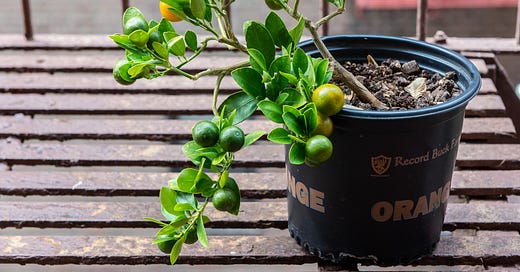

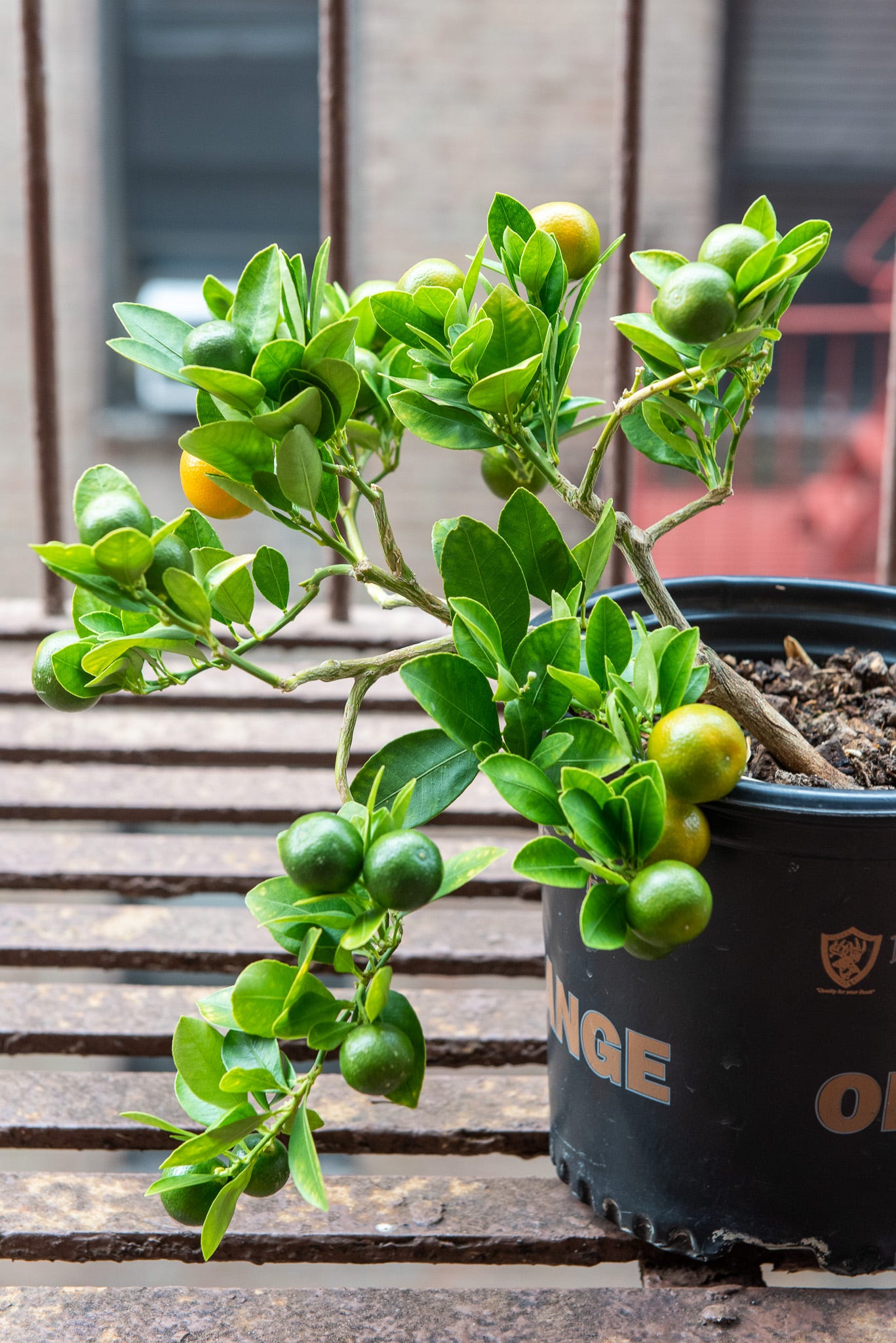


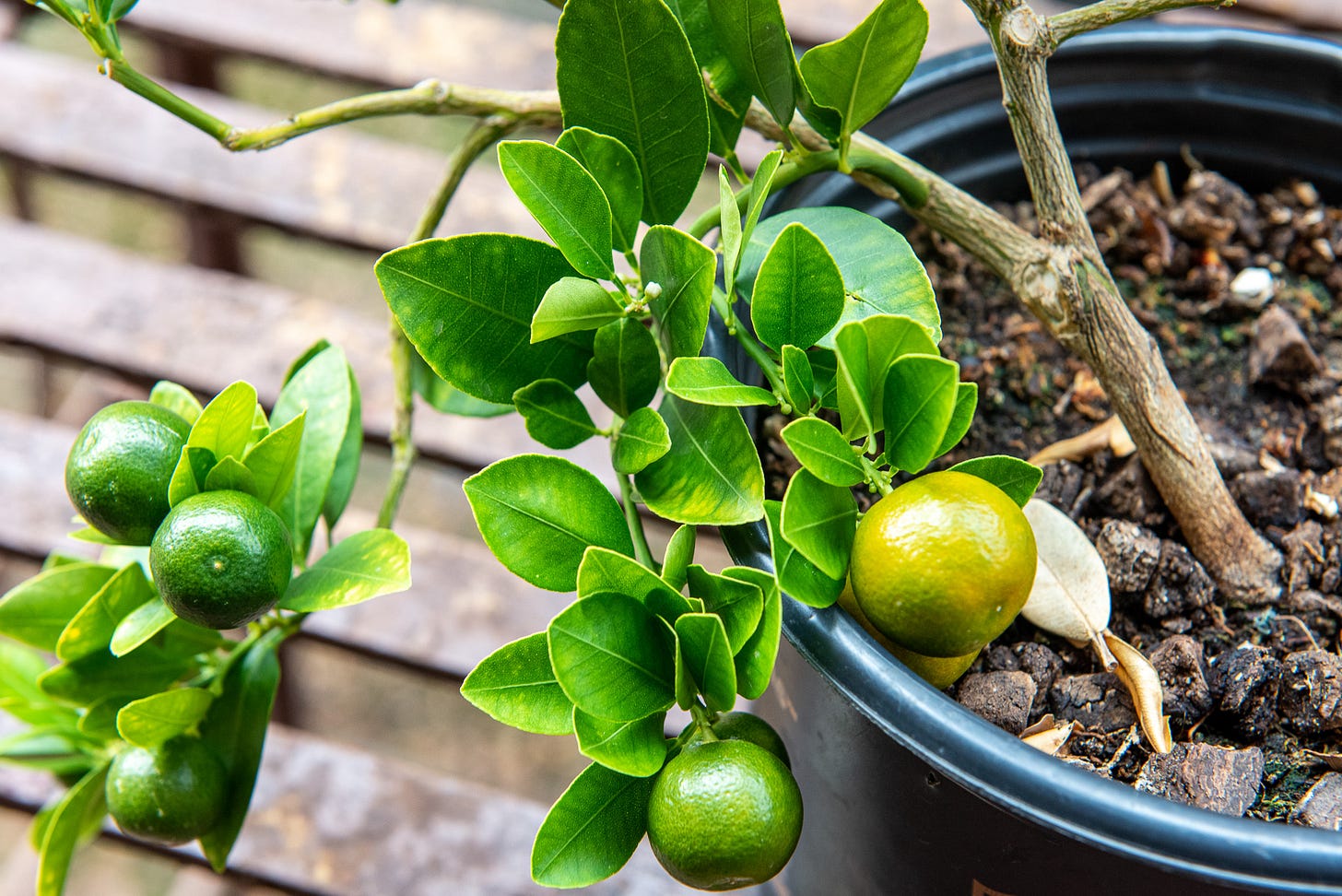
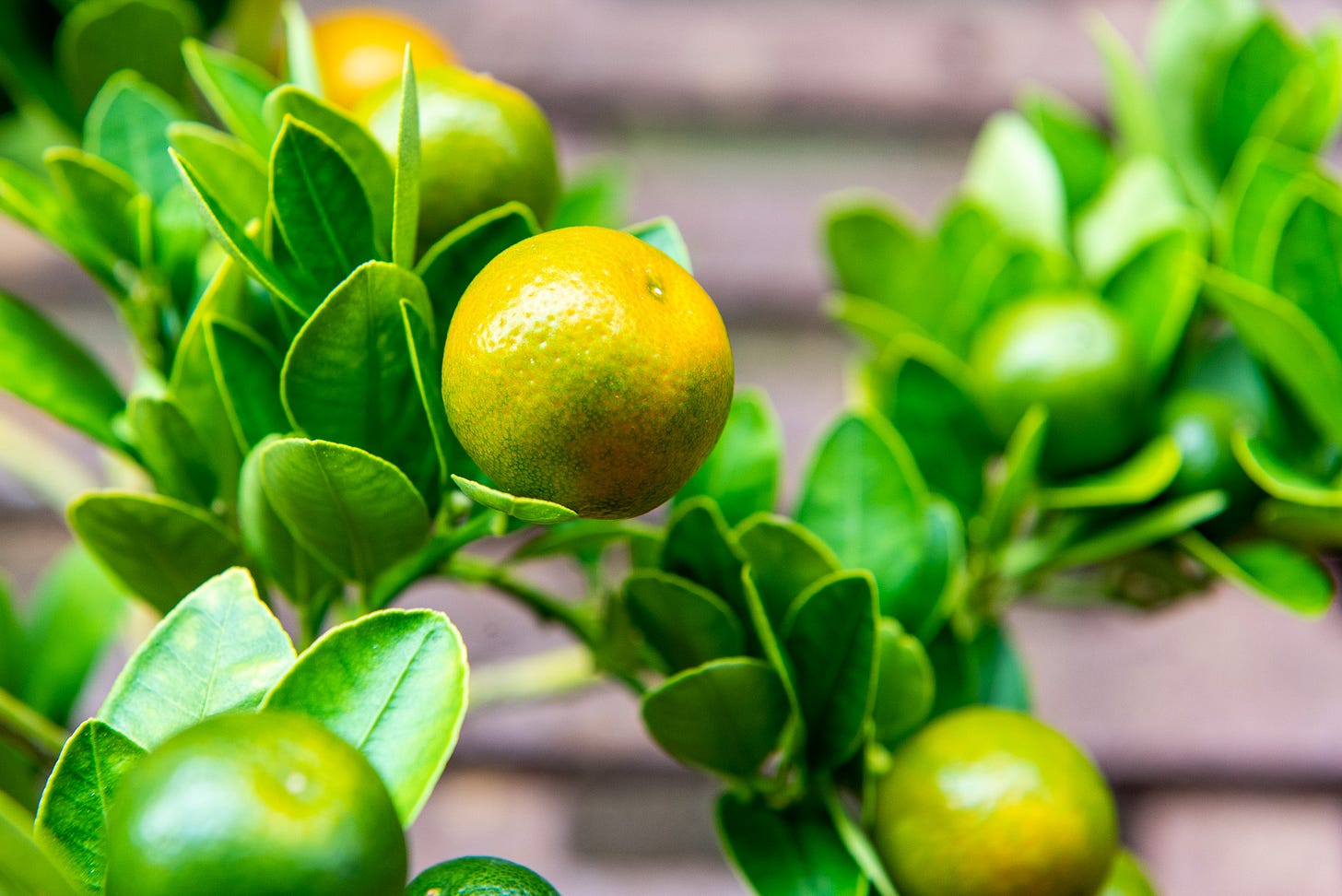
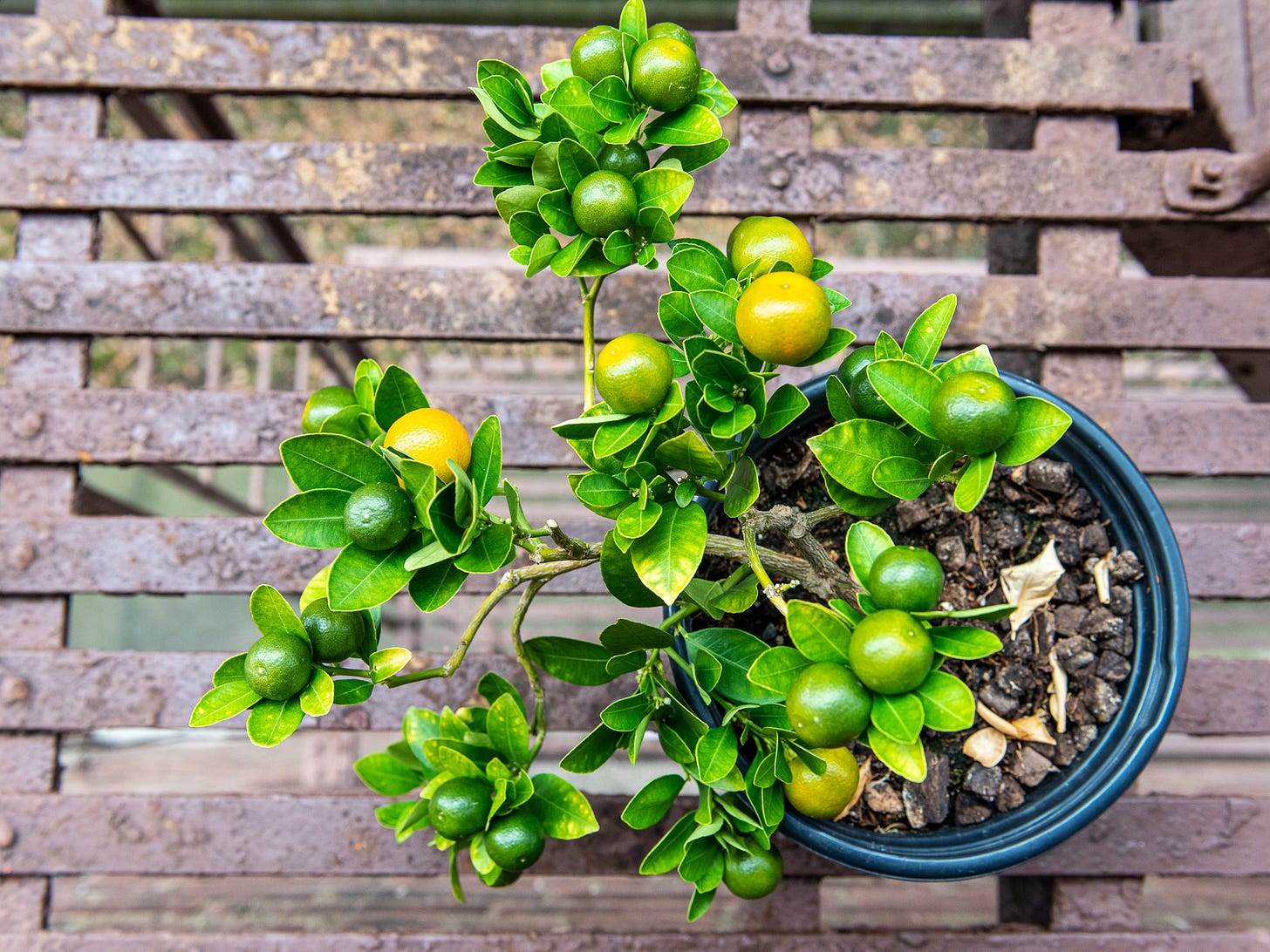
Always look forward to reading your articles.